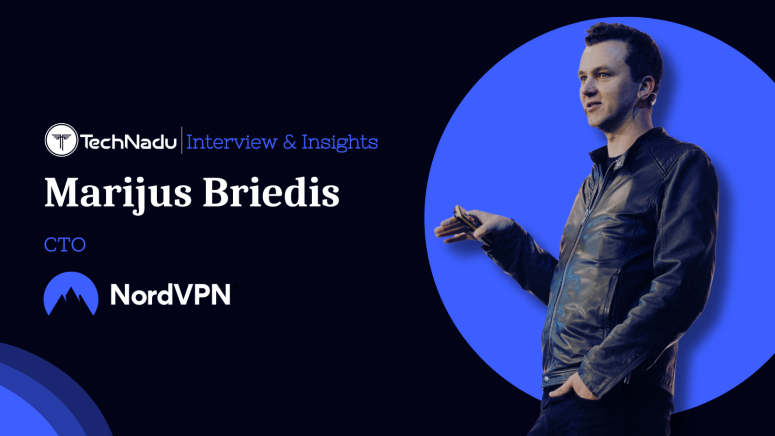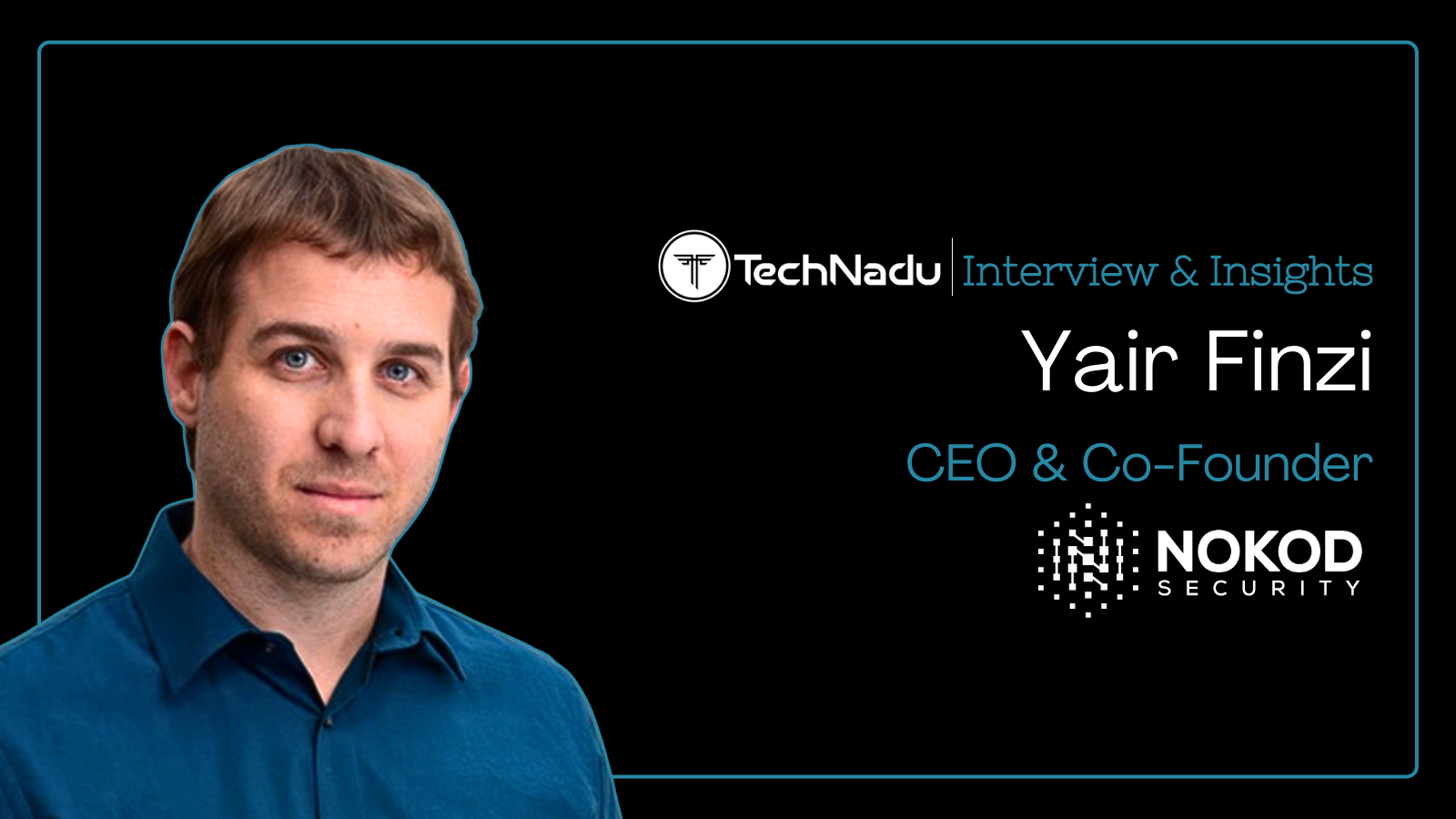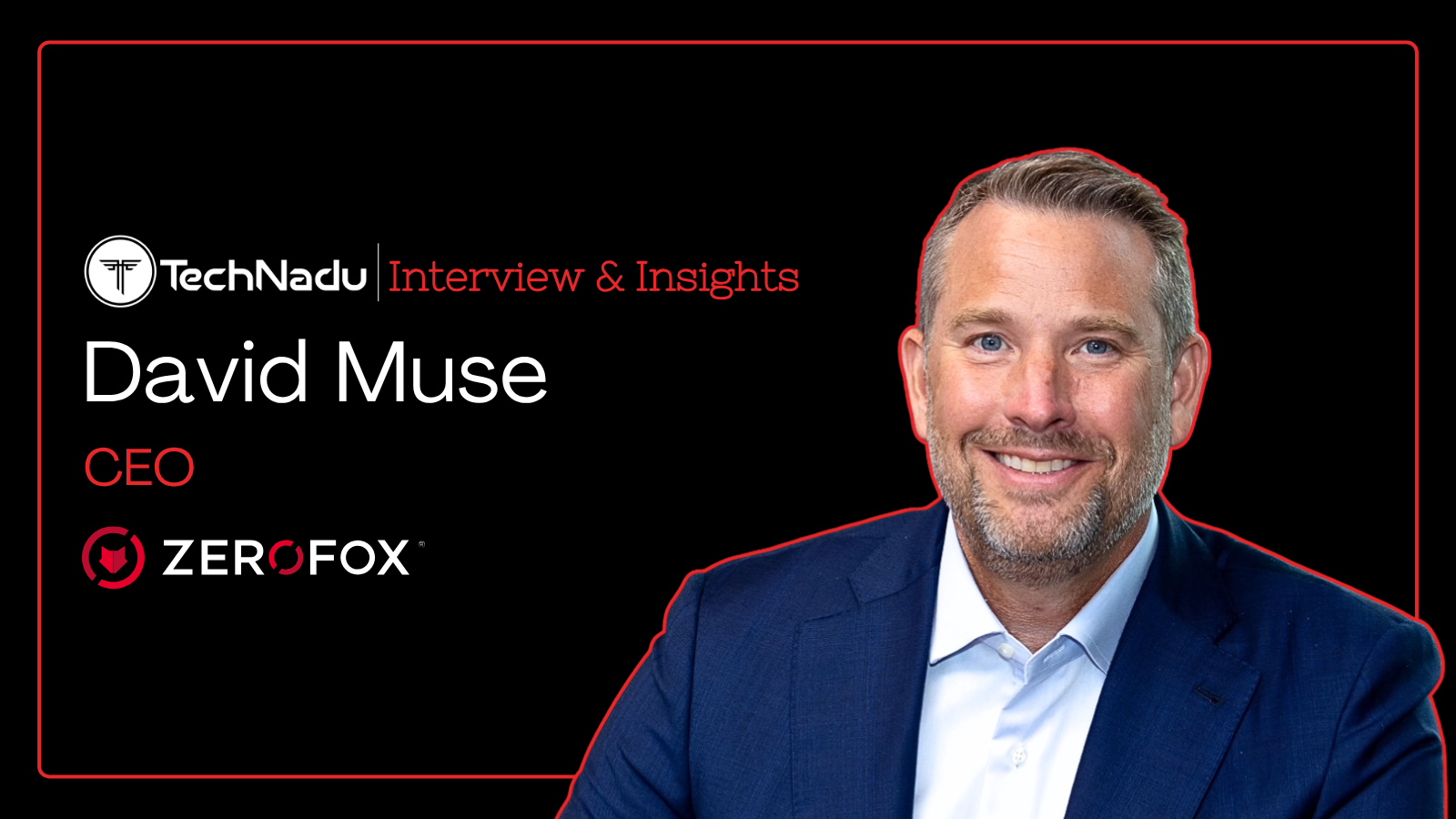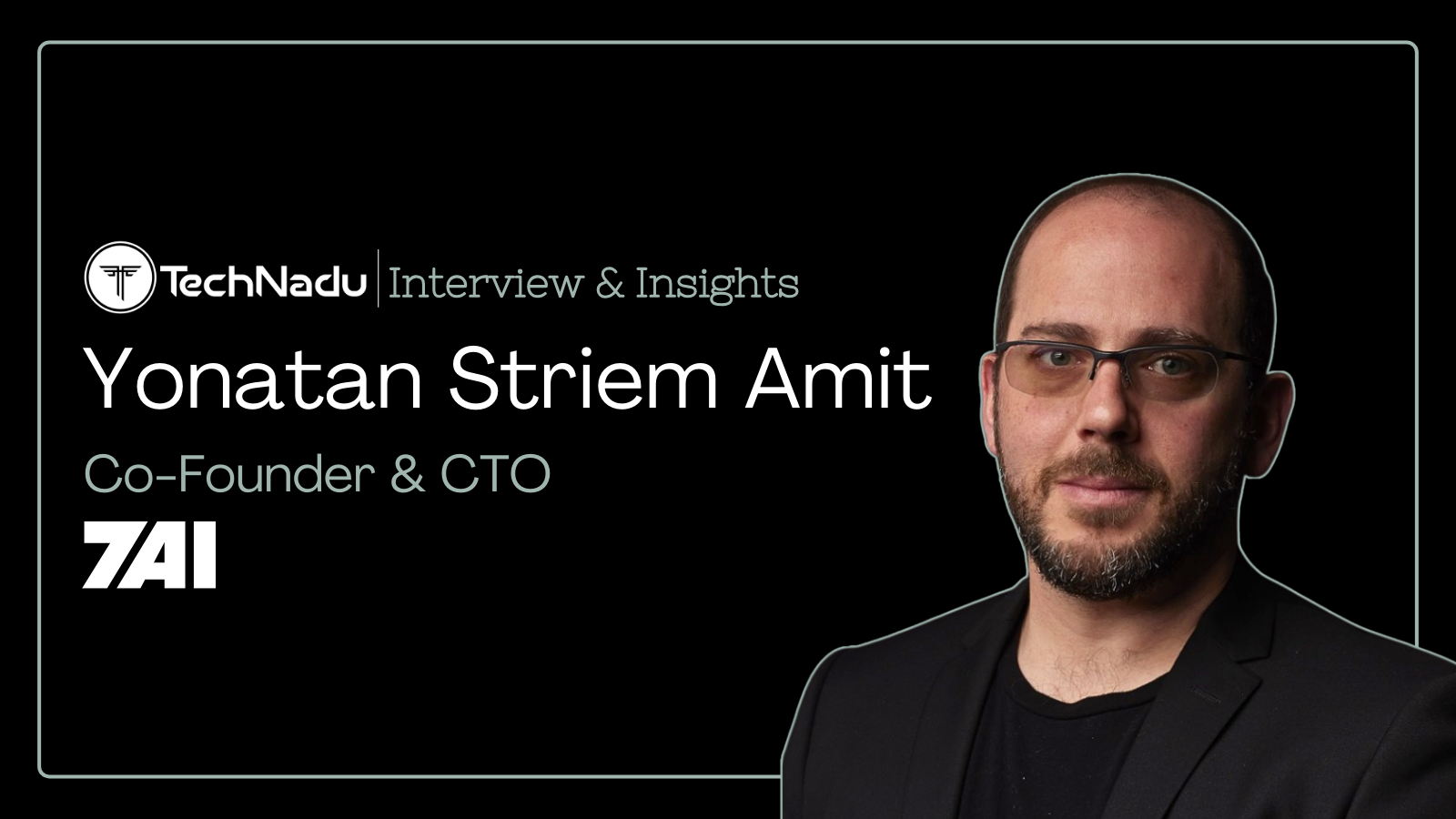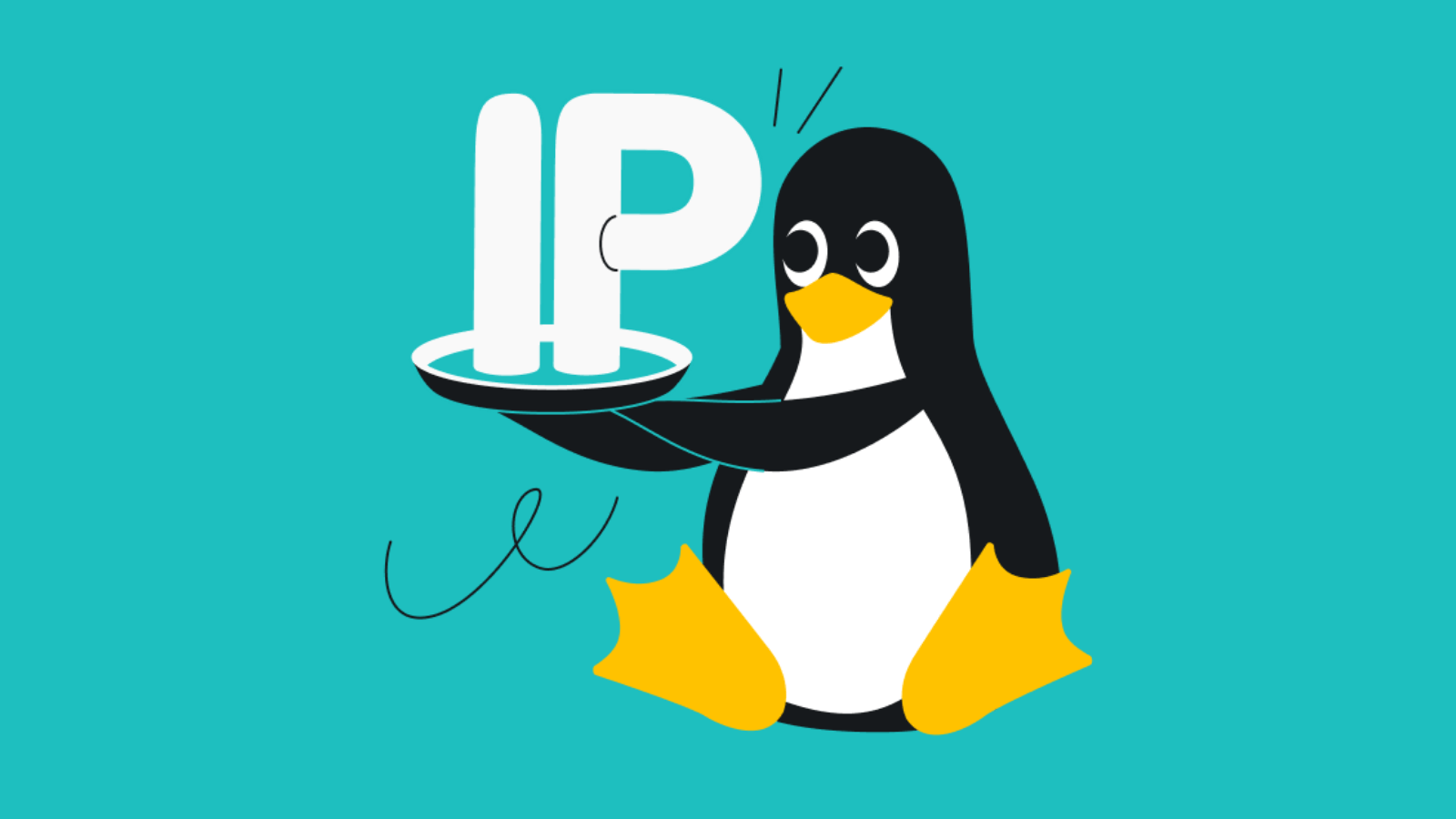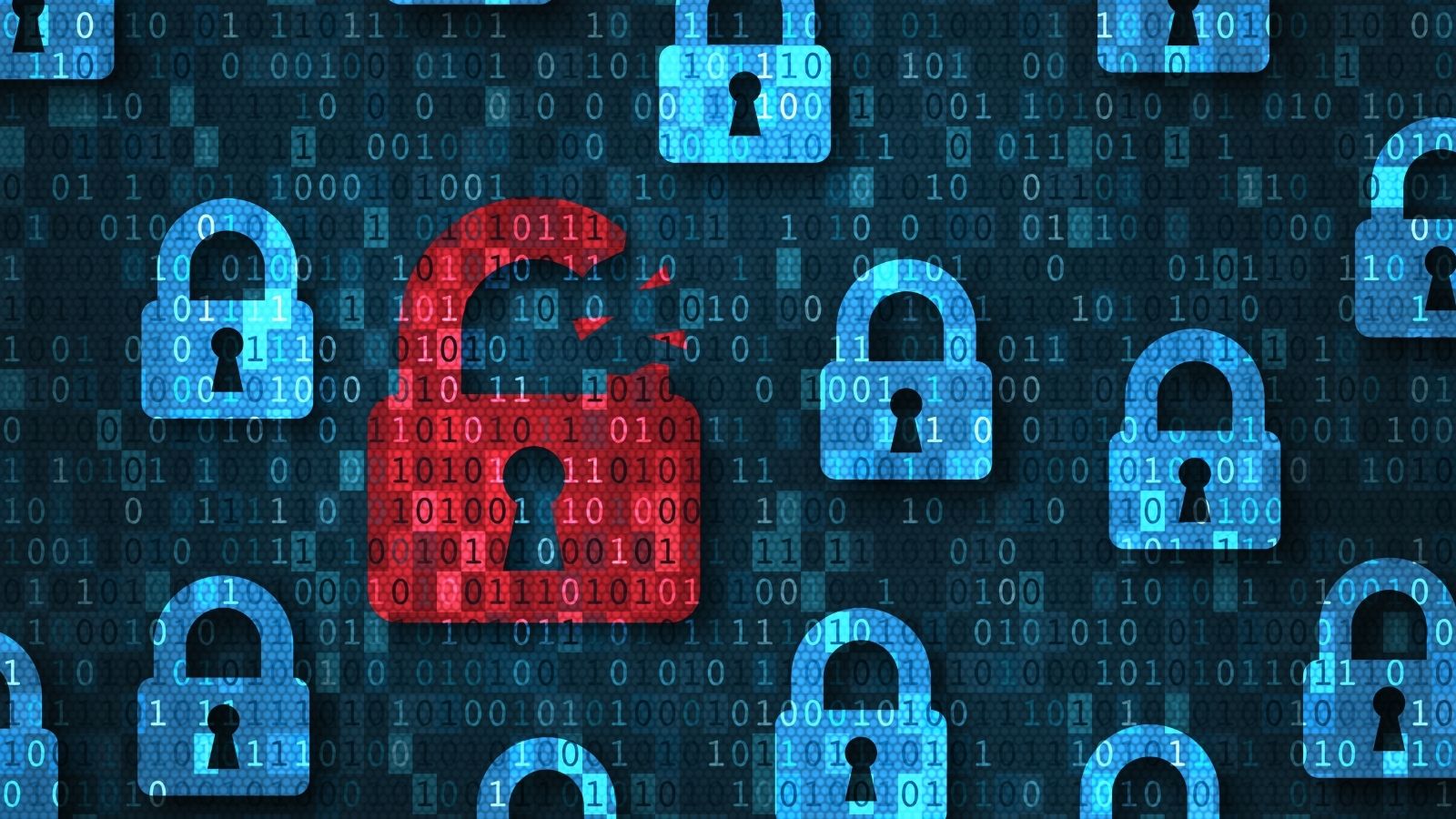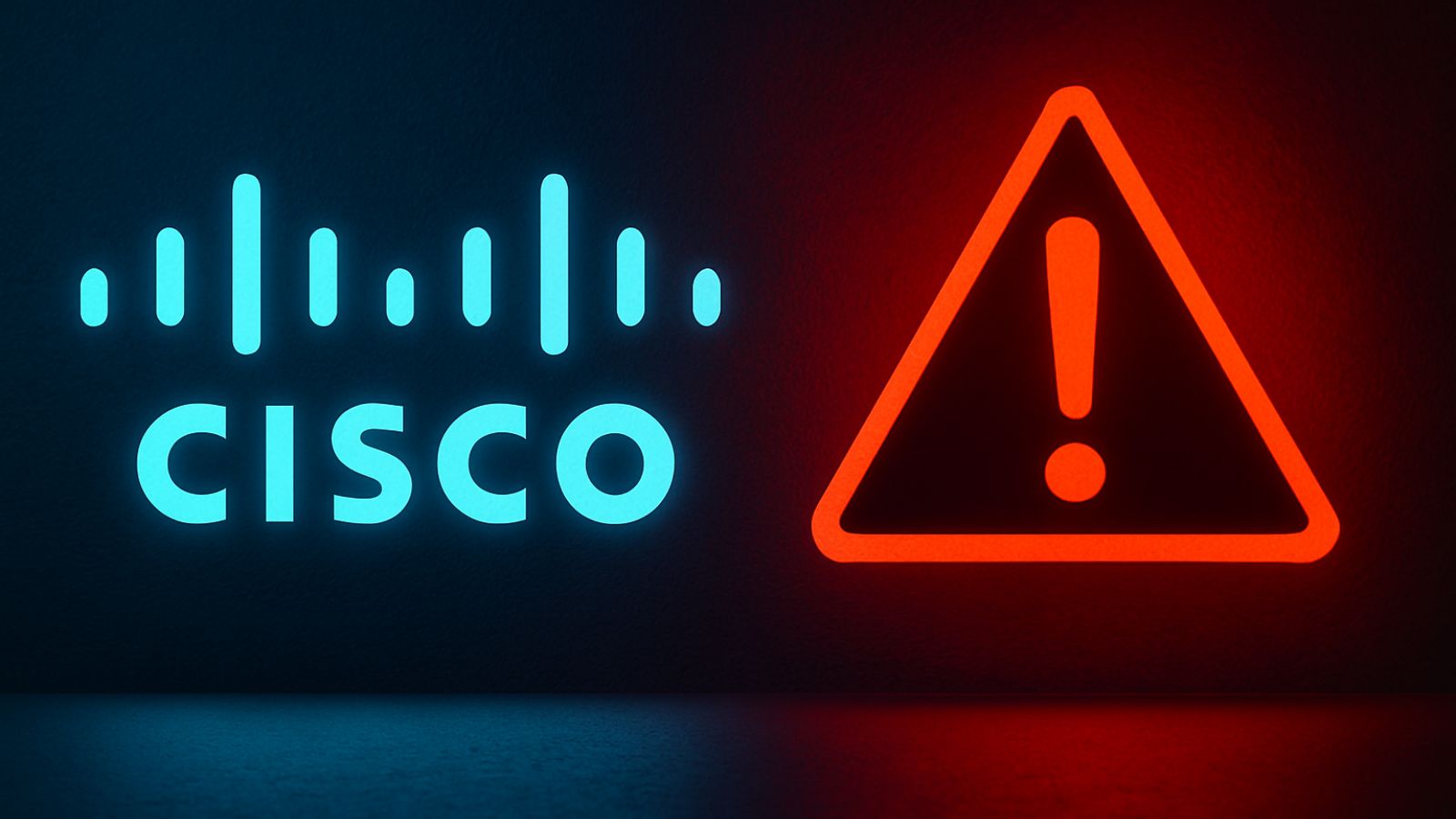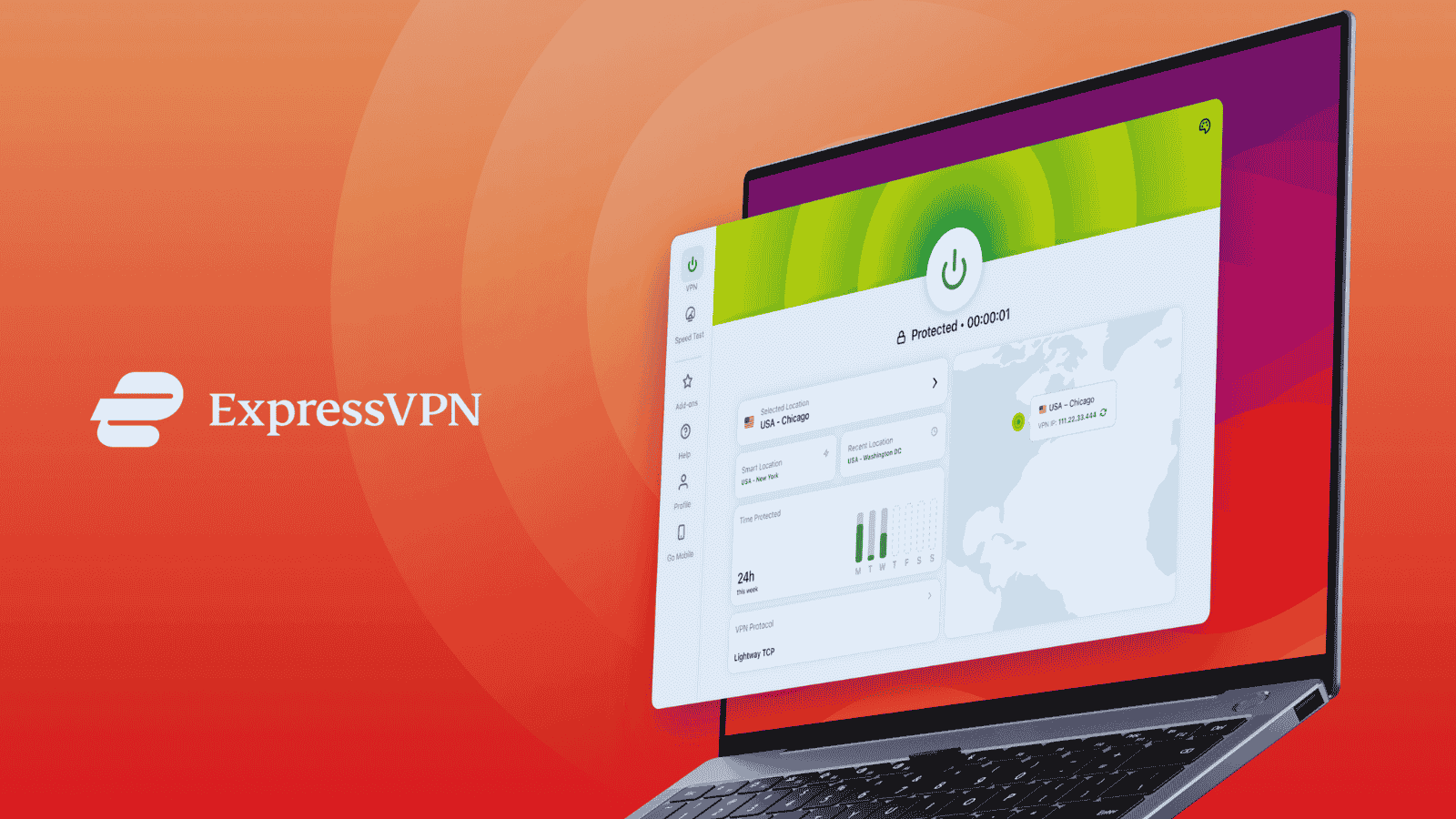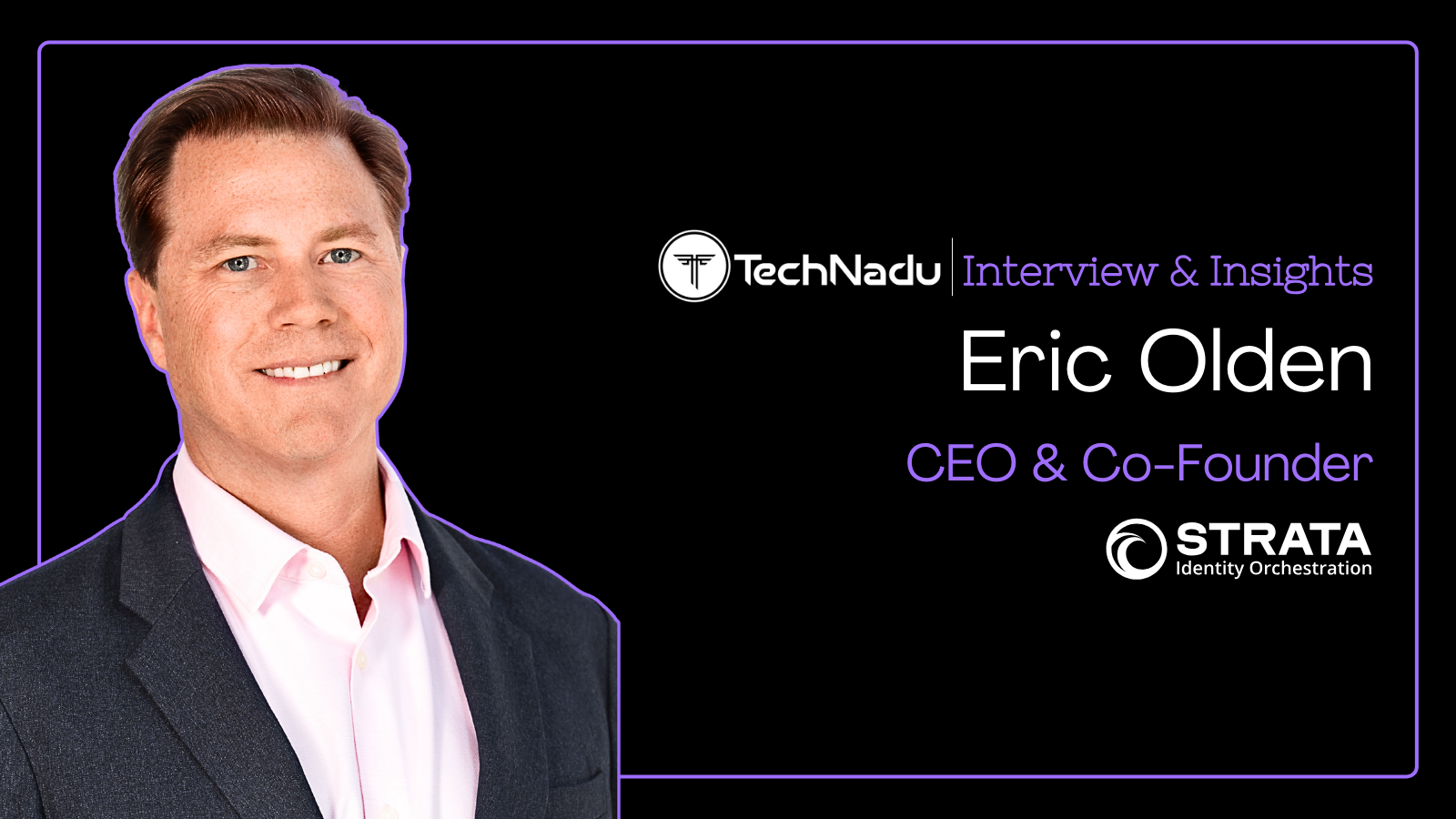
When you purchase through links on our site, we may earn an affiliate commission. Here’s how it works.
NordVPN’s Vision for the Future: AI, Post-Quantum Encryption, and the Battle for Online Privacy
Leading the VPN industry globally, NordVPN is recognized for pioneering privacy-first technologies and shaping the future of safe online access. It continues to set industry standards with its next-generation protocols, military-grade encryption, as well as unwavering commitment to online freedom.
In this engaging conversation, Chief Technology Officer Marijus Briedis reveals how NordVPN is harnessing the power of artificial intelligence to detect threats in real time and enhance security for users. He also discussed how VPN providers must strike a careful balance between protecting user privacy and adhering to intricate international rules.
Briedis provides insight into how NordVPN is influencing online safety and why their dedication to innovation is crucial in the battle for digital privacy.
Continue reading to find out more about NordVPN's compliance strategy, state-of-the-art encryption, and how artificial intelligence is influencing the next wave of cybersecurity.
1. Please share your journey to becoming the CTO of NordVPN and how your vision has helped shape the company's tech direction.
My interest in technology sparked early on — when I got my first computer as a kid, I couldn’t resist taking it apart to see how everything worked (though I’m not sure my parents were thrilled). That early curiosity quickly grew into a real passion for tech.
I started my professional path as an IT specialist at a government center, managing servers and networks. Later, I shifted to freelancing in web development, which gave me hands-on experience and deepened my love for creating digital solutions.
In 2016, I joined Nord Security as a Linux system administrator. Over time, I took on more responsibility, and by 2019, I stepped into the role of CTO at NordVPN. Today, I lead our technical efforts, focusing on building secure, reliable, and easy-to-use products.
Outside of tech, one of the most impactful experiences I’ve had was volunteering in Nicaragua. It offered me a broader view of the world and taught me a lot about people, culture, and purpose.
Overall, my journey has been about continuous learning, growth, and staying curious about how technology can bring people closer together.
2. Over the years, VPNs have evolved significantly. As the demand for online privacy grows, what new technologies is NordVPN exploring or investing in to stay ahead of evolving user needs?
We're continuing to build on technologies that improve speed, reliability, and quality. Our post-quantum encryption efforts are evolving, with a focus on next-gen authentication.
We're also developing NordWhisper, a protocol tailored for restricted networks, and expanding features like Dark Web Monitor to give users better visibility into emerging threats.
3. How does NordVPN manage load balancing and user distribution across servers to avoid slowdowns or bottlenecks?
We use a smart Quick Connect algorithm that balances the load by connecting users to the best server based on location and current load. To ensure smooth performance, our infrastructure is designed to operate well below capacity — we keep server loads under 30%, even during peak times.
Capping it at that level gives us plenty of elbow room when demand spikes unexpectedly, helping us avoid slowdowns or bottlenecks.
4. AI is rapidly influencing cybersecurity, both as a threat and a tool. What are some of the most notable ways you see AI shaping VPN security today?
Yes, you are right. AI might have a huge impact on decryption, but more importantly, it could have a major impact on the entire cybersecurity landscape — and that’s what we should highlight at the moment.
That’s why at NordVPN, we are using AI in our Threat Protection feature, which works alongside the VPN service to help detect and block malicious websites, trackers, and other online threats. AI allows us to analyze patterns more effectively and respond faster to emerging risks, making the overall experience safer for users.
At the same time, AI poses new challenges. Threat actors are using it to create more sophisticated phishing attacks, automate scanning for vulnerabilities, and even mimic user behavior to bypass detection. That’s why we’re actively researching AI-resistant defenses and integrating ethical AI principles into our development process to stay ahead of the curve.
5. AI is reshaping cybersecurity, both defensively and offensively. How is NordVPN using AI to enhance its infrastructure, and what ethical boundaries does it set while integrating it?
AI is definitely changing the cybersecurity landscape — on both sides of the fence. At NordVPN, we’re using AI in a very intentional way to strengthen our infrastructure. One example is using machine learning to detect unusual patterns in server behavior or potential threats faster than manual monitoring would allow. It helps us stay one step ahead and respond more efficiently to emerging issues.
That said, we’re also very conscious of the ethical side. We don’t believe in using AI just for the sake of it — it has to serve a clear purpose without compromising user trust. We’ve set internal boundaries around transparency, data protection, and human oversight. Every AI-based feature goes through rigorous testing and review before being implemented, and we don’t collect any unnecessary data. Privacy is our core value, and no AI tool we use can ever come at the cost of that.
6. Could you explain how threat protection works under the hood, what kinds of threats it blocks, and how it analyzes data without compromising privacy?
Sure! Threat Protection is designed to block a range of online threats while keeping user privacy fully intact. Under the hood, it runs four key services. One blocks ads and trackers by applying filtering rules directly on the device.
Another service checks URLs for phishing, scam, or malware threats. For example, if a user visits a suspicious website like “amzoooon.de,” the address is quickly checked against our threat database. If there’s no existing information, our server-side AI immediately steps in to evaluate the site and determine whether it poses a risk.
We scan downloaded files for malware by extracting file signatures and comparing them against server-side threat data, with additional AI analysis on the client side to help identify potential threats.
To ensure privacy, all traffic analysis happens locally, and web traffic is never routed through our servers. Any queries sent to our servers are stripped of all user information and are not stored. This way, users get strong, real-time protection without sacrificing privacy.
The goal is simple: protect users from online dangers without ever crossing the line when it comes to their privacy. That balance is what guides all of our product decisions.
I’d like to add that this is just a general overview of how Threat Protection works — in reality, it’s a complex system involving far more intricate tasks.
7. There is a growing discussion around quantum computing’s potential to disrupt encryption. What is NordVPN’s position or strategy regarding this potential threat?
Quantum computing is definitely on our radar. While it’s still in the early stages, its potential to break current encryption methods is something we’re taking seriously. At NordVPN, we’ve already rolled out post-quantum encryption across major platforms like Windows, Linux, Android, iOS, and even smart TVs. Right now, it works with our NordLynx protocol, which combines speed with strong security.
The idea is simple: to protect user data not just from today’s threats, but from what might come in the future. We’re also making sure this feature is easy to use — something you can turn on with a toggle in your app settings. And, like everything we do, it’s designed with privacy in mind. No data gets logged or exposed in the process. This is just the beginning, and we’ll keep evolving our strategy as the tech develops.
8. With rising digital threats and AI-driven attacks, what are the most significant security risks individuals should be preparing for in 2025 and beyond?
Looking ahead to 2025 and beyond, individuals should be prepared for a few major security risks:
- AI-powered phishing and social engineering — Scams are becoming more convincing as attackers use AI to mimic real people, craft believable messages, and bypass traditional filters.
- Deepfake fraud — Voice and video deepfakes will be used to impersonate trusted contacts or executives, making scams harder to detect.
- Data leaks from smart devices — As homes fill with connected gadgets, each becomes a potential weak link. Poorly secured IoT devices can expose personal data or provide entry points for larger attacks.
- Credential stuffing and password breaches — Automated attacks will grow more sophisticated, making strong, unique passwords and multi-factor authentication more essential than ever.
- Privacy erosion from AI tracking — Advanced tracking technologies will be able to infer personal habits, movements, and preferences even without cookies or explicit identifiers.
The best defense is awareness, strong digital hygiene, and using tools like VPNs, password managers, and threat detection systems that are built to adapt to this evolving landscape.
9. Are you currently exploring post-quantum encryption or future-proofing technologies in anticipation of that shift?
Yes, absolutely. We're not just exploring post-quantum encryption — we’ve already implemented it. NordVPN users can enable post-quantum protection on major platforms using our NordLynx protocol.
This is part of our broader strategy to future-proof our infrastructure. We believe in staying ahead of the curve, so we’re continuing to develop and test technologies that can stand up to whatever comes next, including the rise of quantum computing.
10. Are there any upcoming protocol upgrades, experimental tunneling methods, or encryption improvements that your team is particularly excited about?
We are always working toward innovation and exploring new technologies that push our services forward. Recently, we introduced NordWhisper, a new protocol built to help users connect in restricted network environments where traditional VPNs often struggle.
It uses web tunneling to blend in with regular internet traffic, making it much harder to block, while still maintaining strong security and privacy standards.
We are also continuing to build on our post-quantum encryption efforts, which we introduced with the NordLynx protocol. Both of these developments are part of a broader strategy to future-proof our infrastructure and ensure that people stay secure as technologies and restrictions continue to evolve.
11. As VPN usage becomes more mainstream, do you foresee deeper integration with browsers, operating systems, or AI assistants? How is NordVPN preparing for such scenarios?
As VPN usage continues to grow, we definitely see opportunities for deeper integration with browsers, operating systems, and even AI-powered tools. At NordVPN, we are always looking for new ways to evolve and adapt to how people use technology in their daily lives.
We are actively exploring the potential of AI as well. For us, it is a tool that enhances what we already do rather than something that replaces human insight or decision-making.
While I cannot share specific future plans at this stage, what I can say is that we remain focused on innovation. We are constantly testing, experimenting, and building solutions that make privacy and security more accessible, no matter how the tech landscape continues to shift.
12. Finally, what is your message to users who rely on VPNs daily? Could you share any message, advice, or insight from a CTO’s perspective?
From a CTO’s perspective, my message is simple: Using a VPN is the first step toward better cybersecurity. It's easily accessible, even for those without technical knowledge.
A VPN gives you privacy, security, and freedom online, but staying safe also means being proactive: Keep your software updated, use strong passwords, and stay informed about new threats. Digital security is a moving target, and awareness is just as important as the tools you use.
Most importantly, don’t think of cybersecurity as a burden — think of it as digital self-care. The more intentional you are online, the safer and more empowered you become.


